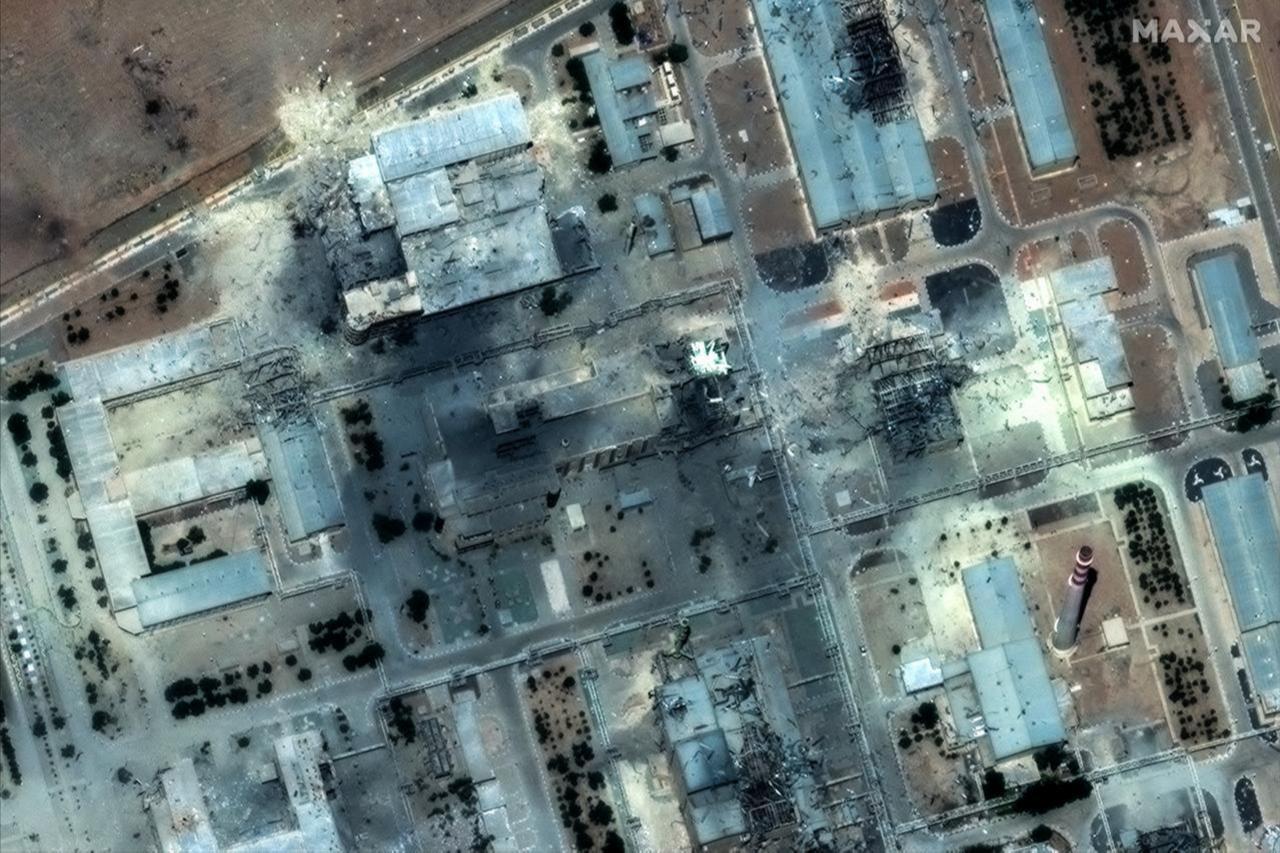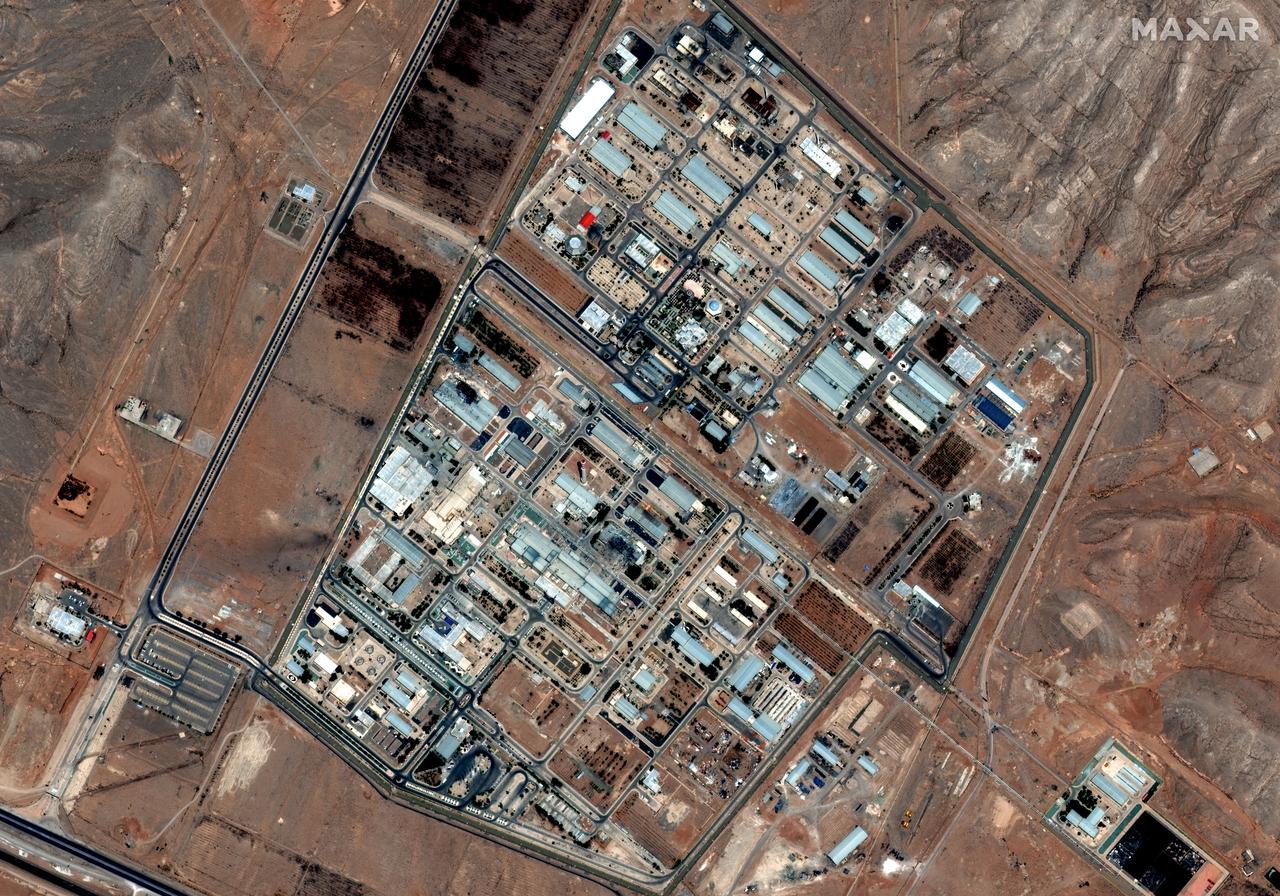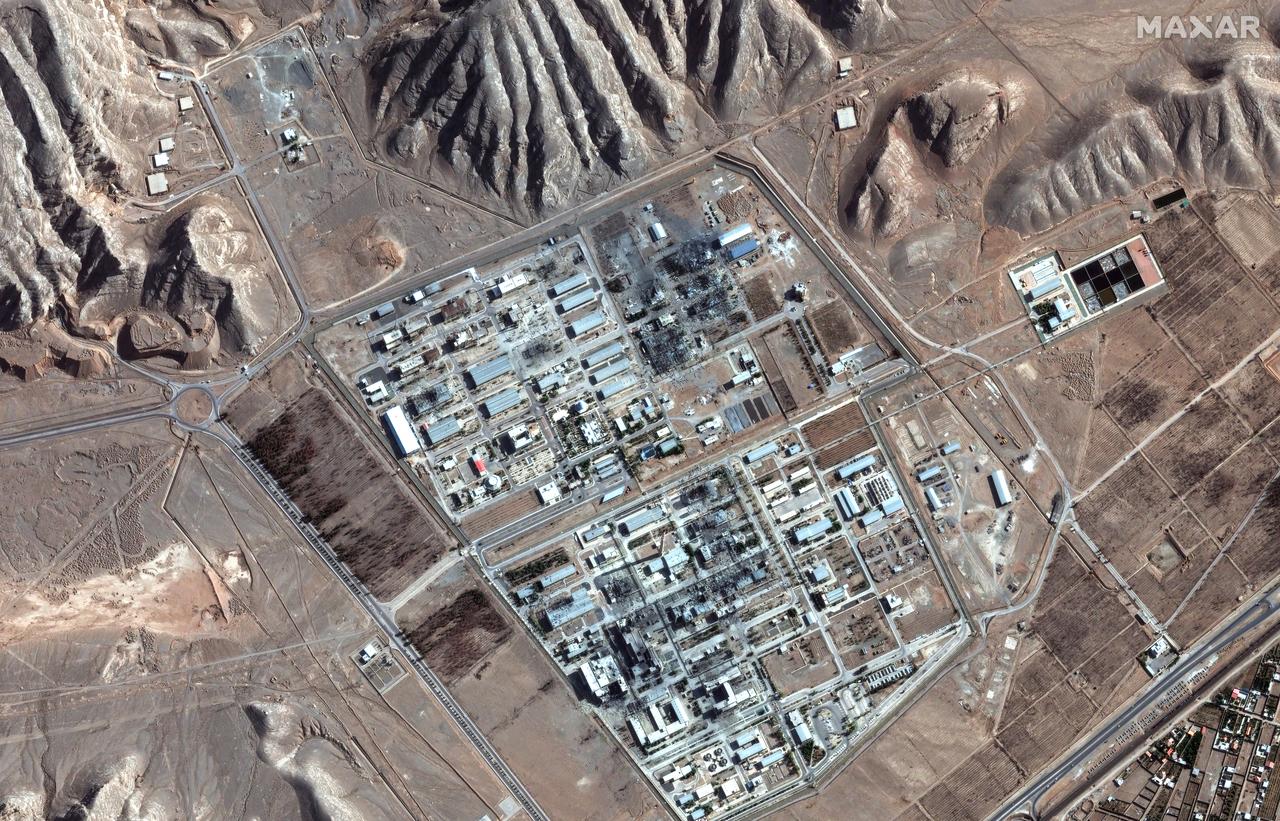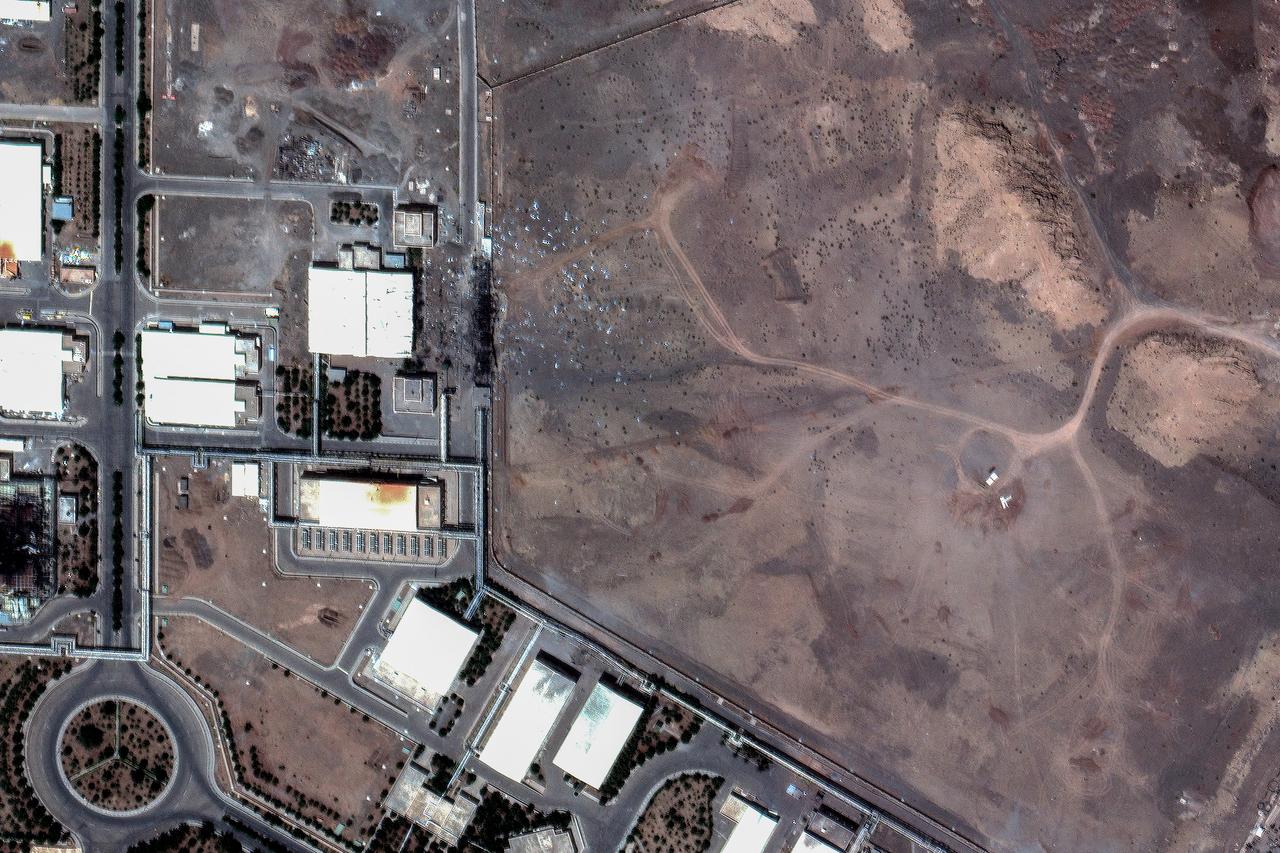
Enriched uranium at Iran's Isfahan nuclear facility was buried but not destroyed by recent U.S. strikes, a senior Israeli government official told The New York Times Thursday, warning that new attacks could follow if Iran attempts to retrieve the nuclear materials.
The official told reporters in Washington that at least some of Iran's highly enriched uranium remains beneath the Isfahan facility following the U.S. strikes. However, the material is "effectively unreachable" because Israel is monitoring the site closely.
"If it believes Iran is trying to dig up the material, it will not hesitate to conduct new strikes," the official said.

When asked about Israel's assessment, White House spokeswoman Anna Kelly defended the operation's success.
"As President Trump has said many times, Operation Midnight Hammer totally obliterated Iran’s nuclear facilities," Kelly told NBC News. "The entire world is safer thanks to his decisive leadership."
The contradictory assessments highlight ongoing debate about the effectiveness of the June 21 strikes on Iran's Fordow, Natanz and Isfahan nuclear sites.

The Israeli official revealed that Israel decided to attack Iran's nuclear facilities based on intelligence indicating Tehran had begun rapidly weaponizing its enriched uranium after Israel's assassination of Hezbollah leader Hassan Nasrallah in September.
Israel shared this intelligence with President Donald Trump but was prepared to strike with or without U.S. support, the official said. The official would not specify the intelligence source.
"American support was not a condition for Israel's decision to strike Iran's nuclear facilities," the official added.
Iran continually denied in an interview with NBC News before the U.S. strikes, Iranian Foreign Minister Abbas Araghchi defended the country's uranium enrichment program.
"This is an achievement of our own scientists. It's a question of national pride and dignity," Araghchi said, adding that every country has the right to enrich uranium for peaceful purposes.

The Israeli official dismissed National Intelligence Director Tulsi Gabbard's congressional testimony from March, which stated the U.S. intelligence community "continues to assess that Iran is not building a nuclear weapon and Supreme Leader (Ali) Khamenei has not authorized the nuclear weapons program he suspended in 2003."
According to the Israeli assessment, Iran's nuclear program has been set back up to two years. However, a leaked Defense Intelligence Agency assessment found the strikes may have delayed the program by only several months.
Meanwhile, Iran estimates damage from Israeli attacks on residential buildings at around 4 billion tomans ($46 million). Speaking at a press conference in Tehran, Majid Javad, the deputy head of Iran's Housing Foundation, said around 400,000 buildings have been damaged.
"The damage ranges from partial to complete destruction," he said, estimating the damage at 3 trillion-4 trillion tomans ($46 million).
Pentagon officials from the Defense Threat Reduction Agency said Thursday that the strikes met their objectives, though they stopped short of confirming complete destruction of the facilities.
"We have received initial assessments, and the more completed assessments will come in over time," one official said. "As the chairman said in his press conference two weeks ago, we concluded that we were successful in achieving the objectives we set."
When pressed about whether the munitions reached their engineered depths, officials said that information remains incomplete pending full Battle Damage Assessment reports.
The effectiveness of "Operation Midnight Hammer" remains politically charged. Trump and his administration have denounced the leak of the DIA assessment and criticized outlets that reported it.
CIA Director John Ratcliffe contradicted the DIA findings, stating that "a body of credible intelligence" indicated the program was "severely damaged."
"This includes new intelligence from a historically reliable and accurate source/method that several key Iranian nuclear facilities were destroyed and would have to be rebuilt over the course of years," Ratcliffe said.
Earlier this month, chief Pentagon spokesman Sean Parnell said Iran's nuclear program was "degraded" by one to two years, noting that the sites were "completely obliterated.

A 12-day conflict between Israel and Iran erupted on June 13, when Israel launched airstrikes on Iranian military, nuclear, and civilian sites, killing at least 935 people. The Iranian Health Ministry said 5,332 people were injured.
Tehran launched retaliatory missile and drone strikes, killing at least 29 people and wounding more than 3,400, according to figures released by the Hebrew University of Jerusalem.
The conflict ended with a U.S.-sponsored cease-fire that took effect on June 24.